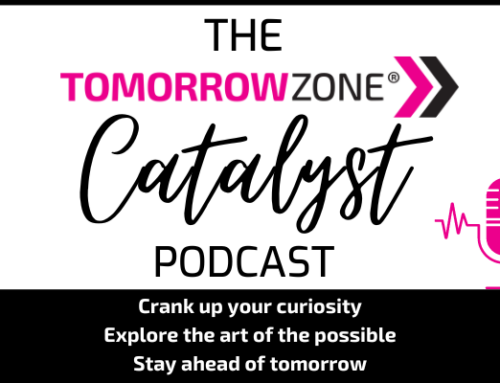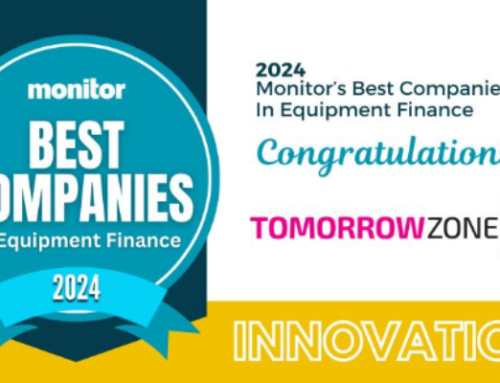
Ahhh, meetings. The bane of all business existence. Why do we have such a disdain for meetings? Honestly, they are often done wrong, waste our time, and create more problems than they solve. There are a few key practices that, if implemented, can improve productivity in and attitudes around your meetings.
Make sure a meeting is necessary – don’t meet just to meet.
Before scheduling a meeting, stop and ask yourself if you really need to meet. Why do you think a meeting is necessary? What is your purpose, and does it require taking people away from other day-to-day obligations to join a meeting?
Meetings are a good idea when something relevant or important needs to be discussed that requires interaction and engagement among the team. Note the key words, “requires interaction and engagement.” One person talking to everyone else does not require a meeting. That information can be conveyed asynchronously in an email, video, or other inter-company communication method. If you can’t trust your team to engage asynchronously, you’ve either hired the wrong people or you’re a control freak. Be honest about which it is and fix it.
Are you scheduling the meeting because you need something? Is this simply fulfilling your need for social interaction or to exert your authority? There is a time and a place for social interaction and bonding among the team. But make that time fun and intentional. Don’t use an unnecessary meeting to meet that need.
Have an agenda.
Every meeting needs a clear purpose and a plan. An agenda provides that. Taking the time to create a well thought out agenda serves multiple purposes. It requires you to think through the purpose and what needs to be accomplished in the meeting. Perhaps in doing this exercise, you realize this doesn’t require a meeting. What a great thing to discover before everyone is pulled out of what they are doing for apparently no reason.
Thinking through the intended outcomes and creating an agenda helps identify who needs to be in the meeting. If decisions need to be made, those decision makers are required. It also helps to identify who does not need to be in the meeting, setting the stage for more efficiency; less is more.
Having an agenda gives you, the meeting leader, credibility; it is time well spent. It tells your team that you have thought this out and are proceeding with intentionality. It creates a visual tracker so everyone can see what needs to be covered and where they are in the process. This increases confidence and decreases anxiety in the team. It alleviates the fear that the meeting could drag on with no end. There are clear objectives that everyone is working on and when they are accomplished, they can go back to everything else that needs to get done. In short, creating a well thought out agenda shows respect to your team.
Understand WHO needs to be in meetings.
Far too often, the wrong people are invited to meetings and the right people aren’t. As stated above, creating an agenda identifies who needs to be in the meeting to meet the objectives identified. Make sure those people are invited and able to attend.
Don’t just throw out a meeting and fail to check if required participants have responded and are available. 48 hours before the meeting, check confirmations and follow-up if key attendees and/or decision makers haven’t responded. If they are unavailable, reschedule instead of cancelling at the last minute. Asking people to step away from what they are doing for a meeting only to cancel at the last minute because you didn’t realize vital team members aren’t available is inconsiderate and shows a lack of preparedness on your part. This is not only disruptive to invitees, but it can undermine your reputation with your team.
Start & end meetings on time.
Starting and ending on time is basic professionalism and shows respect for others, and it starts with you. Set the example, be on time, and expect people to join on time. If team members consistently join 5 minutes late and realize they have already missed information, they will soon learn they need to be on time. Likewise, end the meeting when you said you would. If everything doesn’t get covered, it’s better to schedule a follow-up than to bleed into the next time block. When you respect others’ time, they will respect yours.
Empower decision makers.
Not everyone who is capable of being a decision maker is necessarily comfortable or confident in that role. If a key decision maker wants to add others to the meeting, stop and do a bit of digging to discover why. Is it necessary for these additional people to attend? Or is your decision maker simply uncomfortable in that role and looking for others to lean on? If the former, add the additional parties to the meeting. If the latter, share your agenda, encourage your decision maker to gather the information prior to the meeting, and then empower them to stand in their place of authority. This takes practice for some people and recognizing that while confidently expecting and encouraging them will benefit all involved.
Incorporating these simple practices can help your meetings go from dreaded waste of time and money to productive events.
Ready to make your meetings, and your whole digital transformation journey something to actually look forward to? We’ve got the playbook you didn’t know you needed. Tap into TomorrowZone’s Start SMART strategies™ and people-first approach. Let’s shake things up, solve the real problems, and look around corners to see what’s coming next. Click here to contact TomorrowZone. Let’s get your team aligned, energized, and ready to conquer. What are you waiting for? The future isn’t going to build itself!





